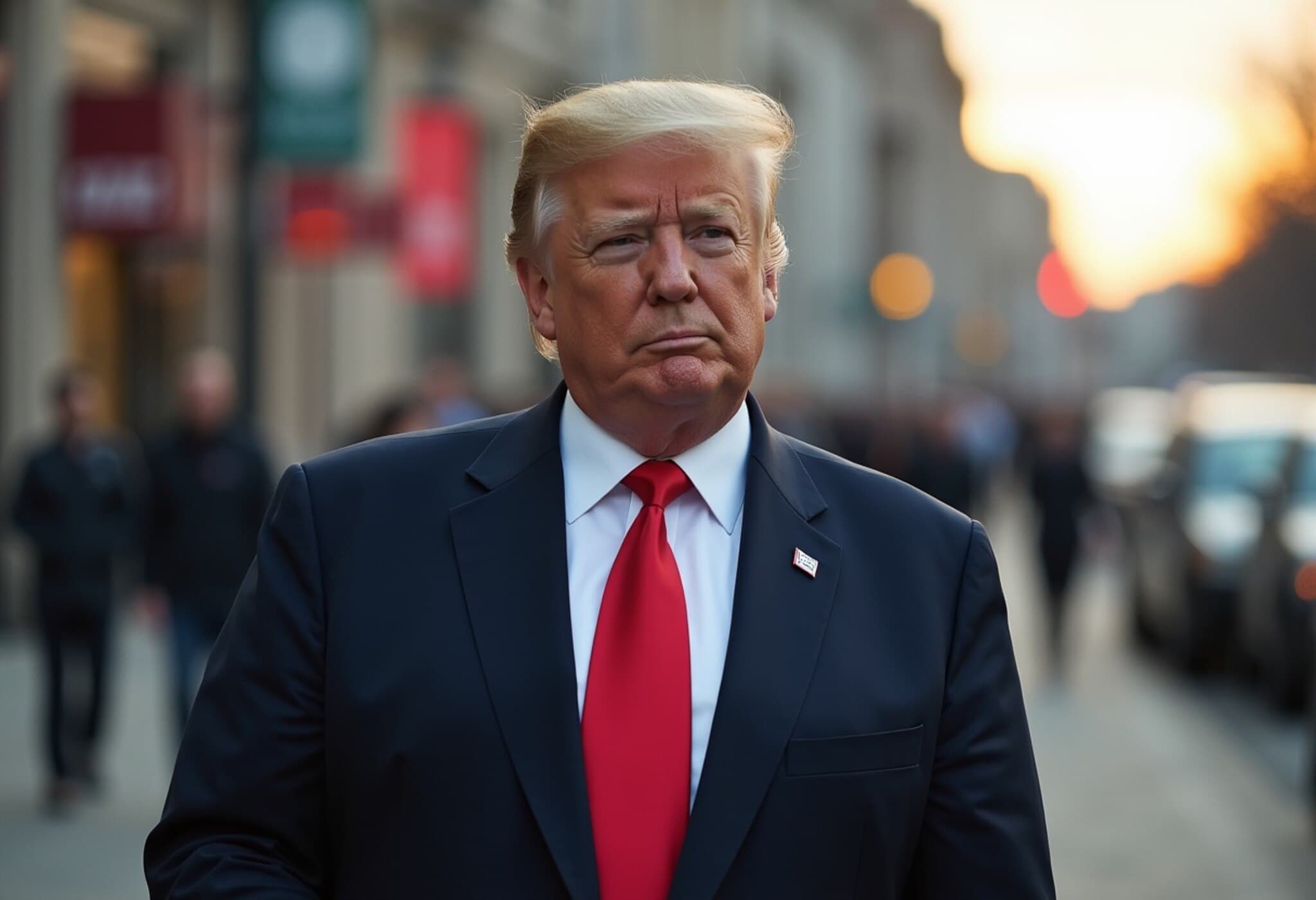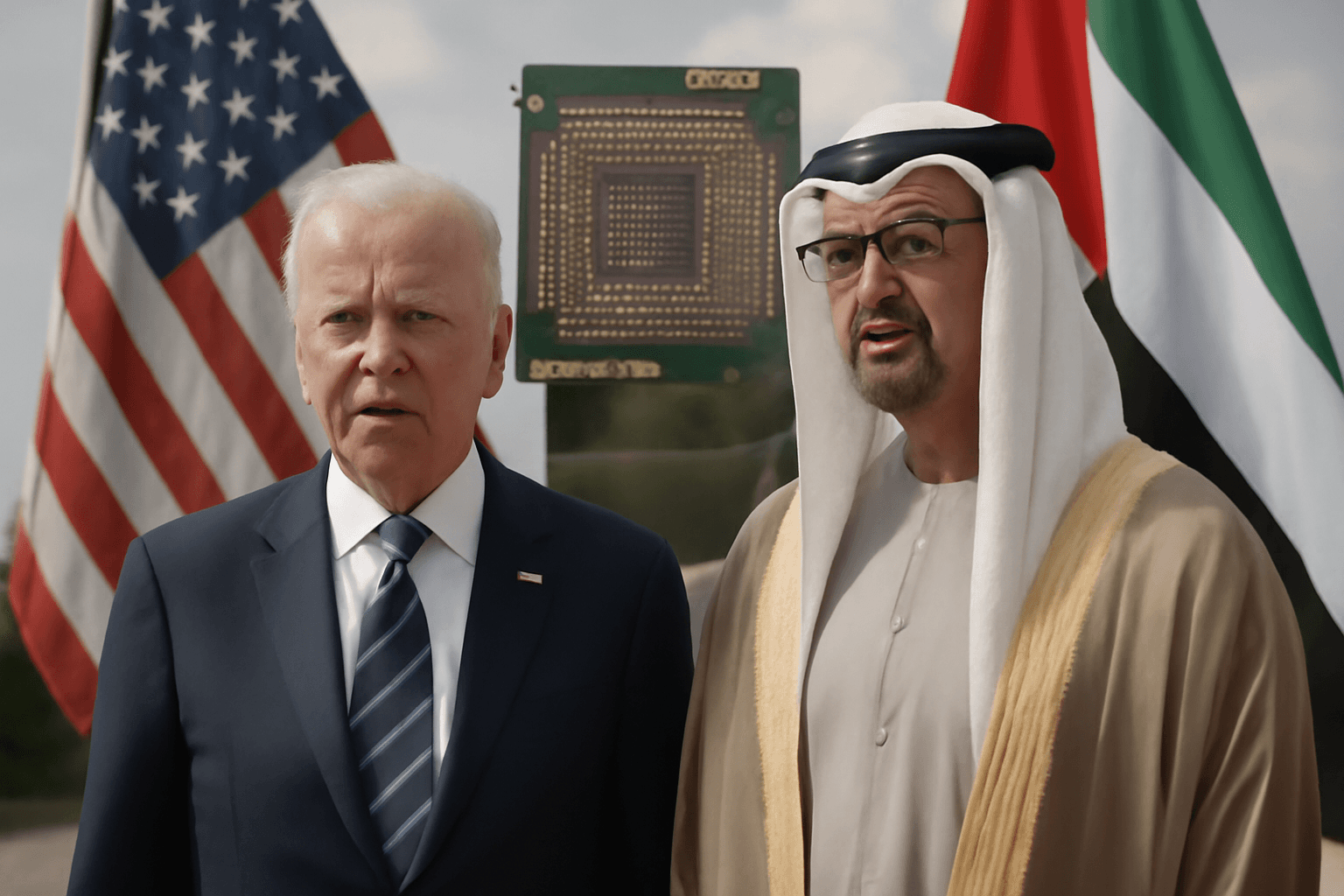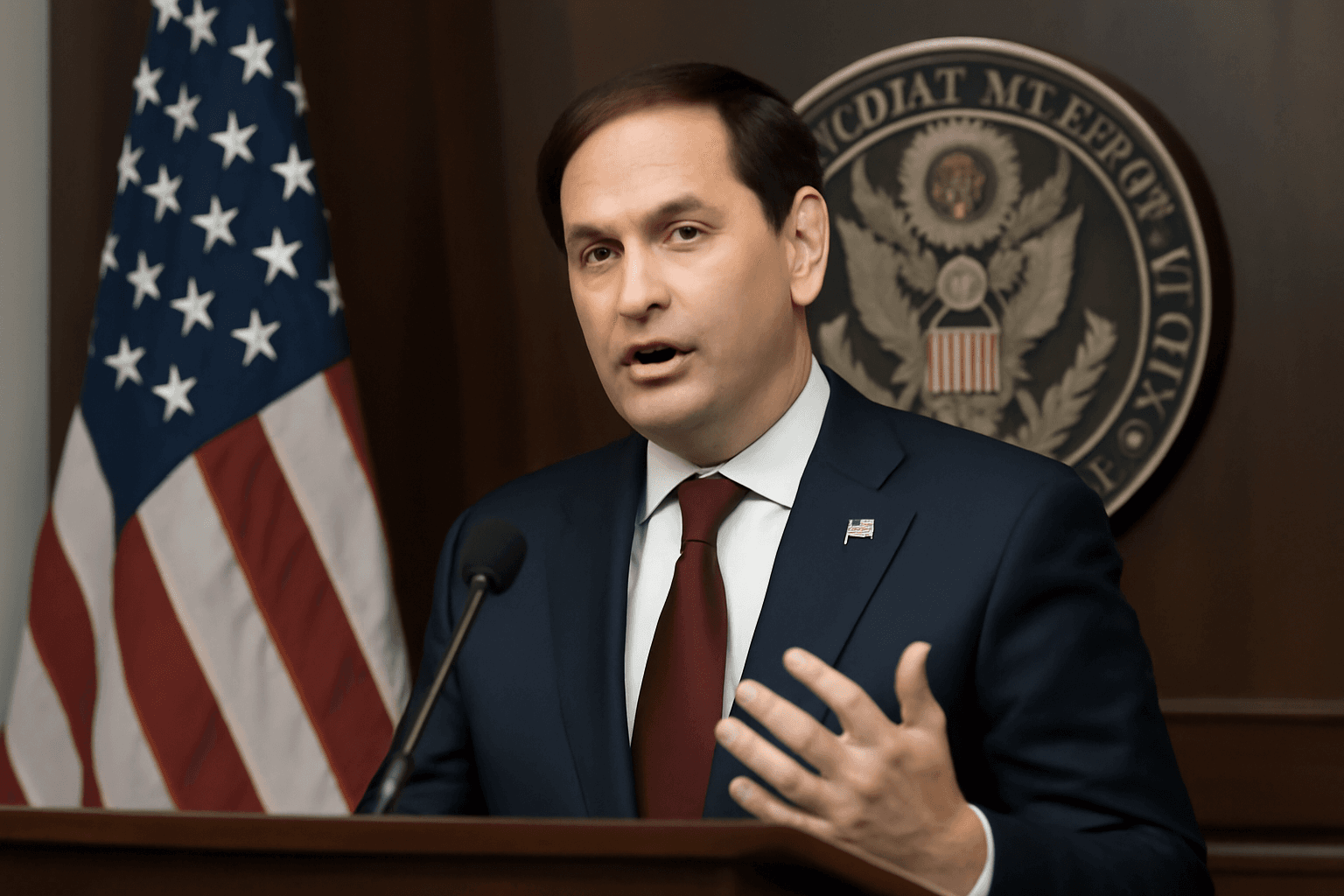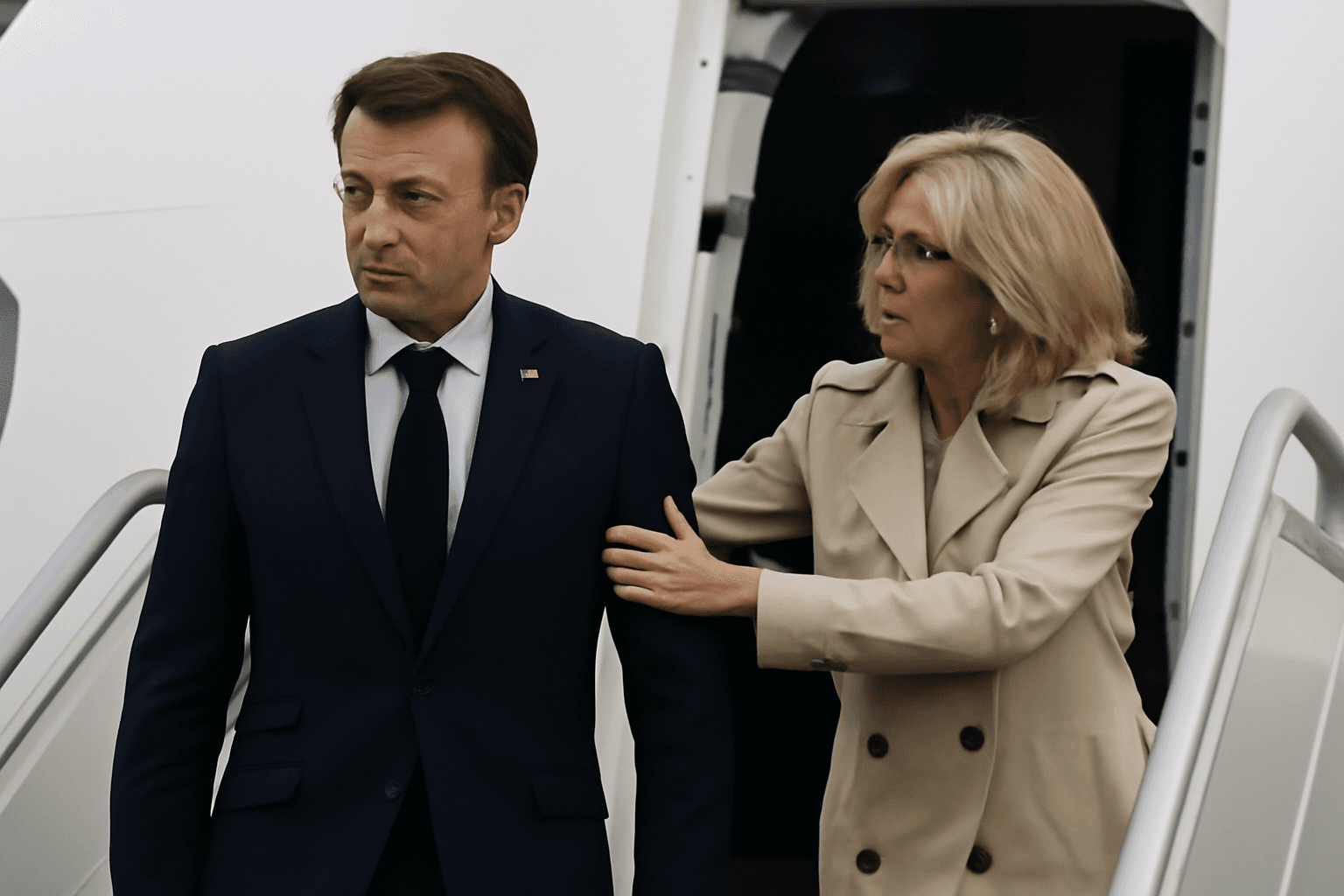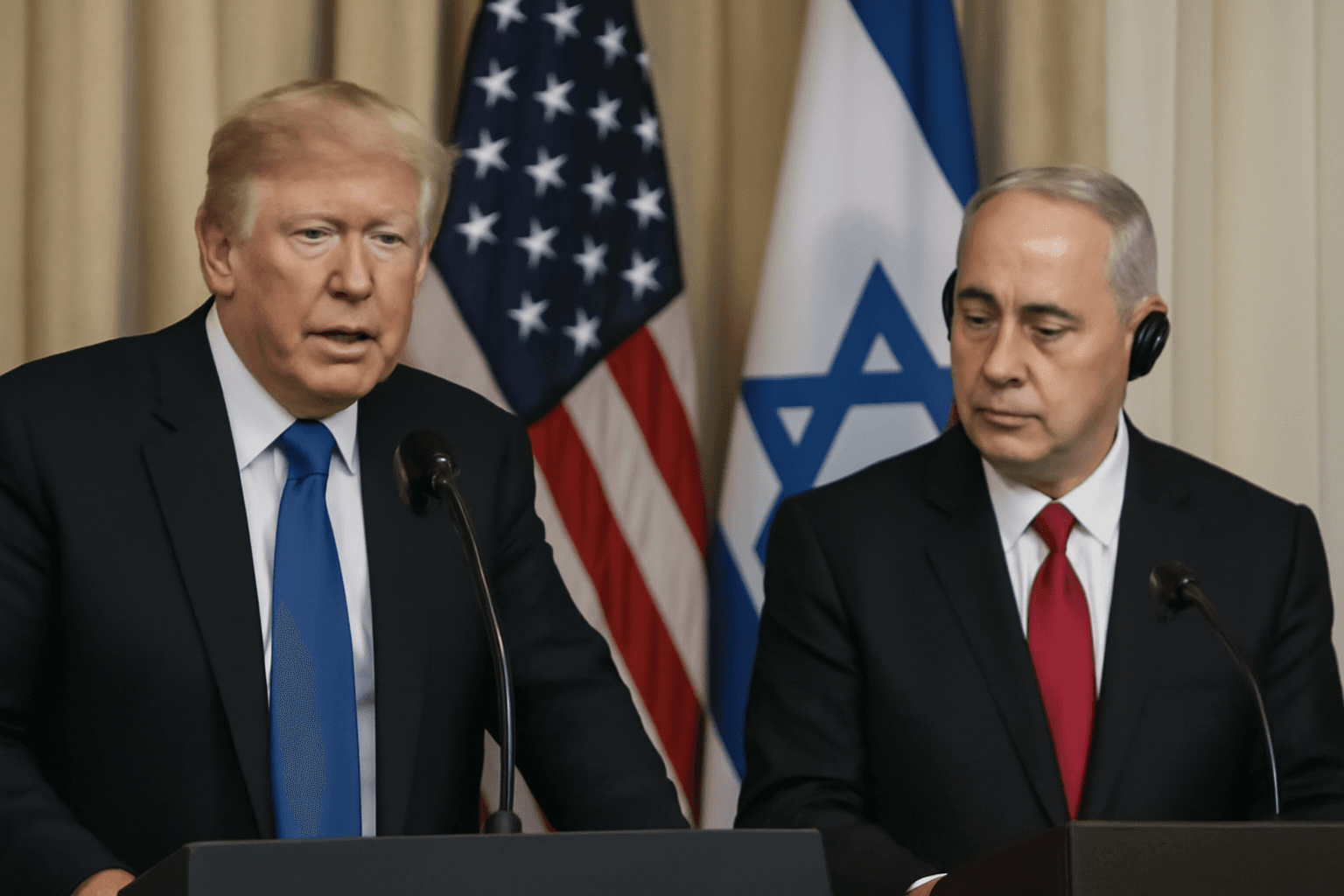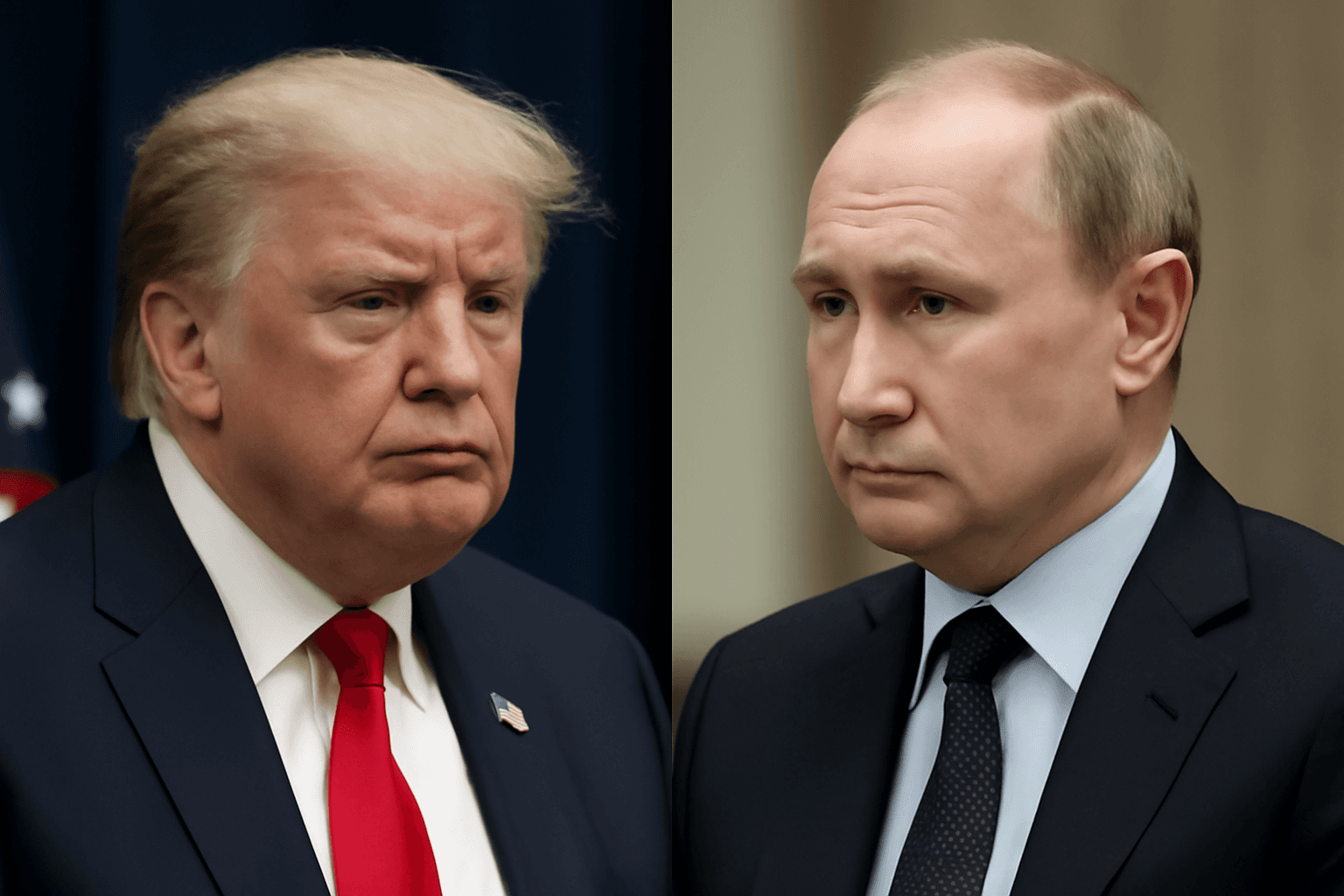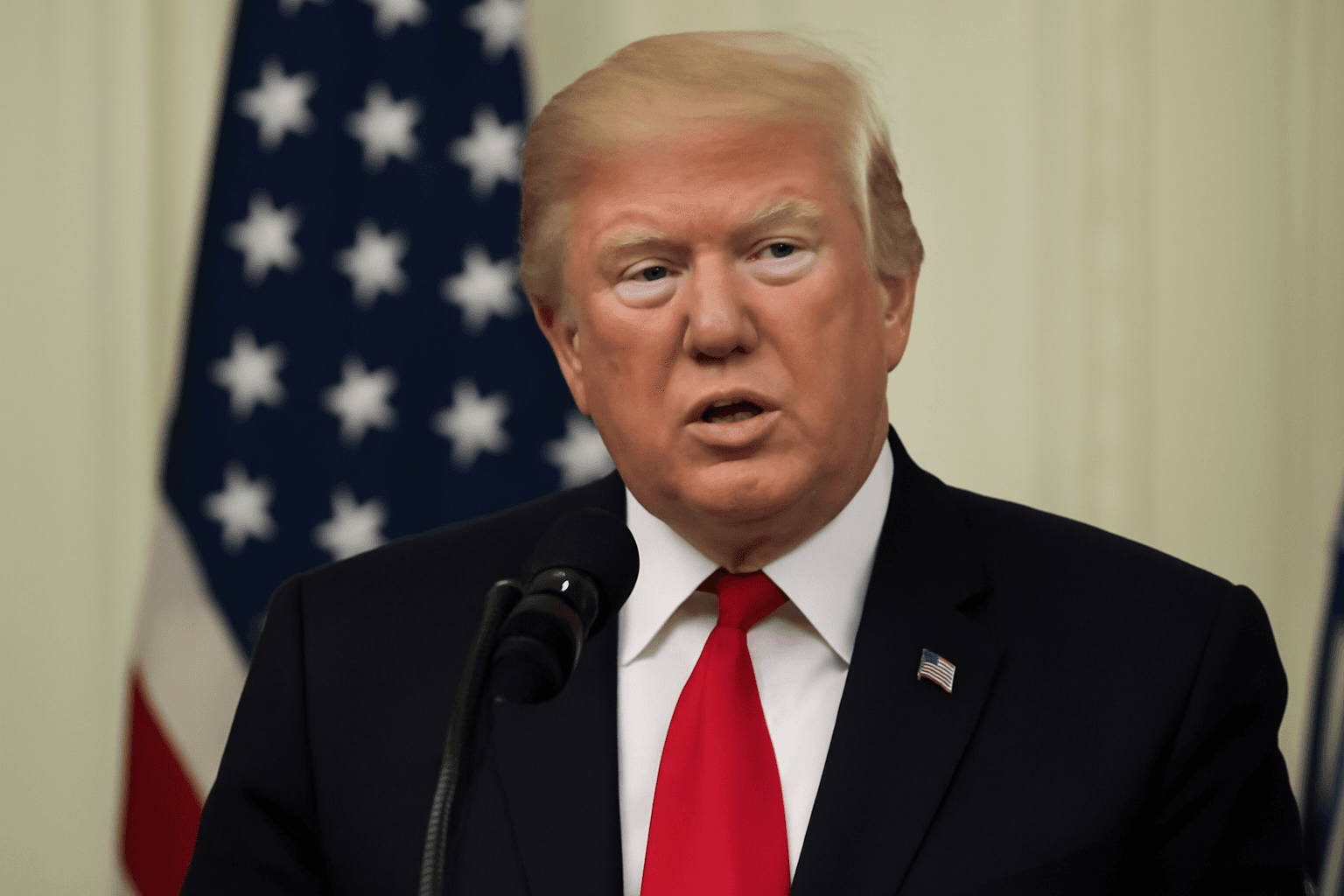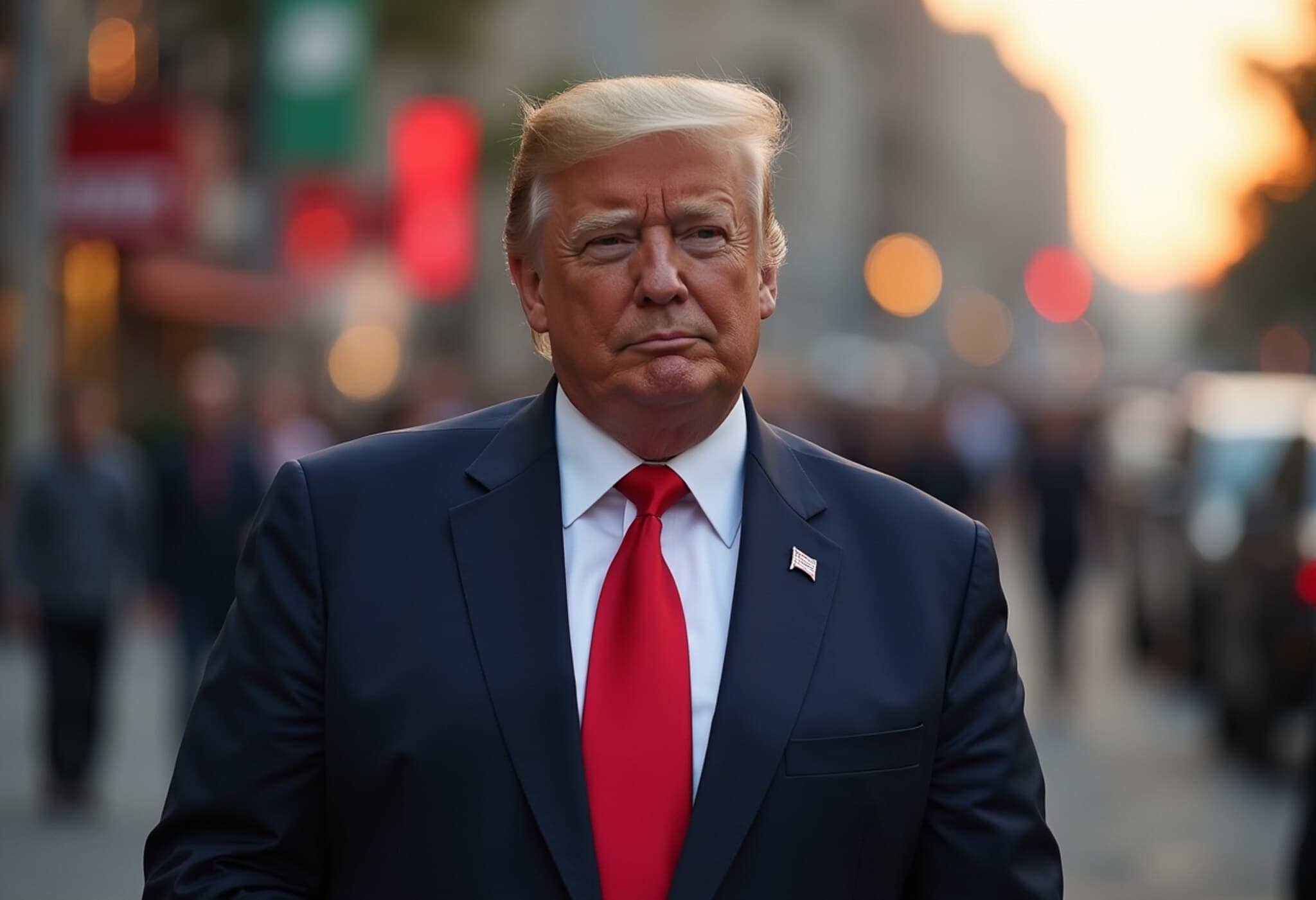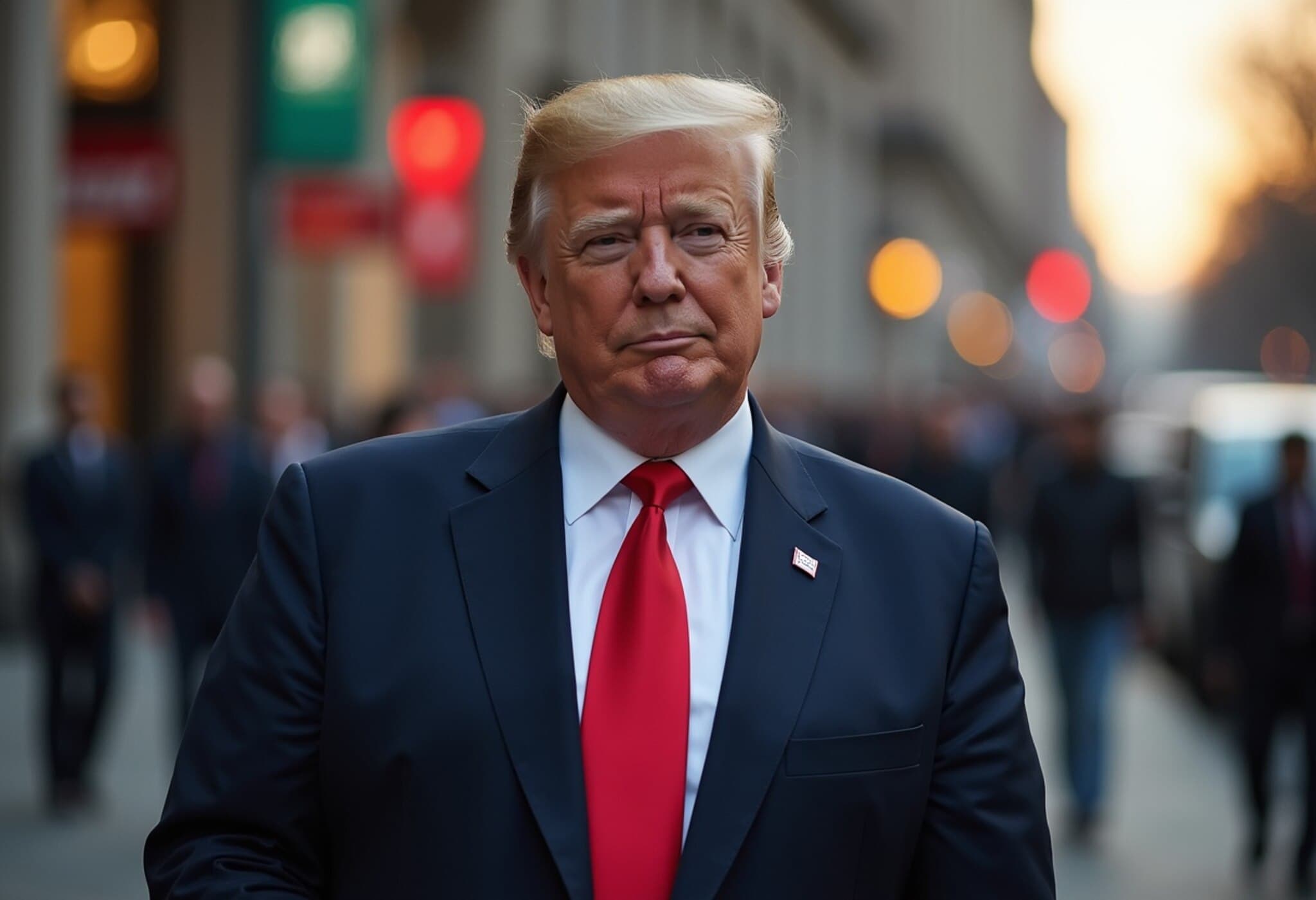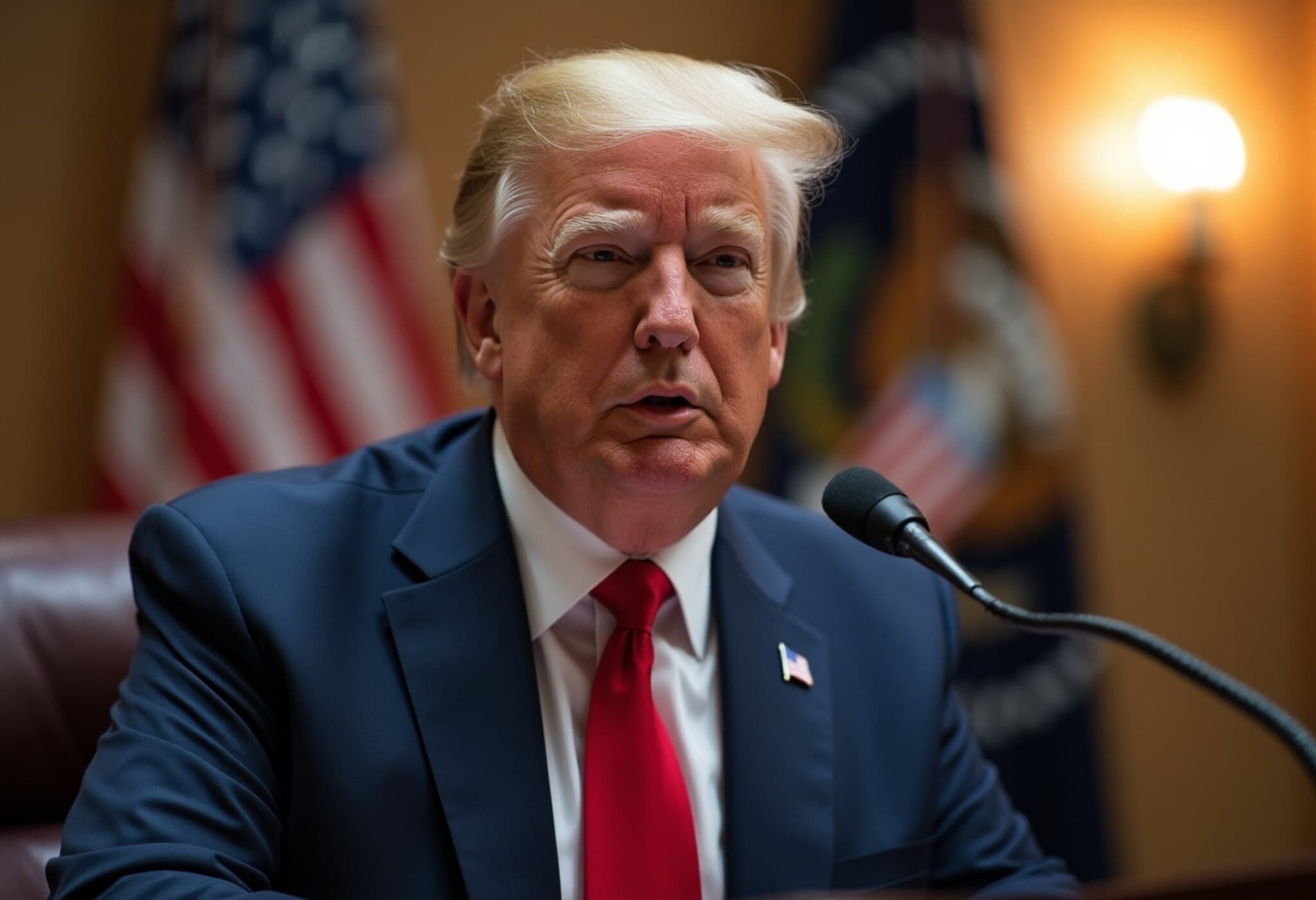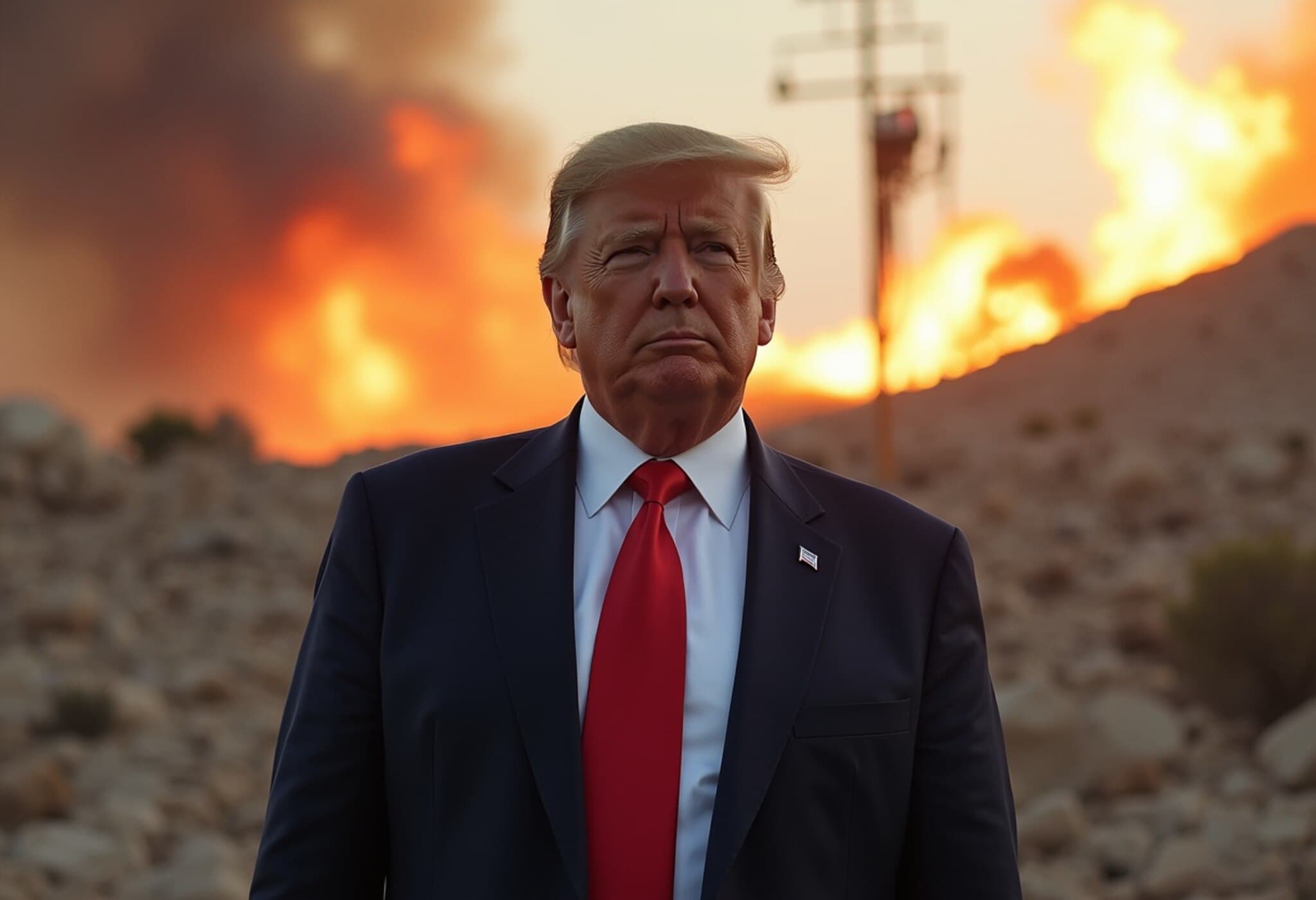Tracing Nixon’s Cold War Realpolitik in Trump’s Foreign Policy
When history repeats, it often does so with subtle, telling variations. The foreign policies of two Republican presidents, Richard Nixon and Donald Trump, separated by over four decades, reveal striking parallels — particularly in their engagement with China and Pakistan. Both leaders prioritized strategic geopolitical interests sometimes at the expense of moral and democratic ideals, illustrating the enduring tension between realpolitik and values-driven diplomacy.
The Historic Pivot: Nixon’s Opening to China
In February 1972, President Nixon marked a seismic shift in international relations by visiting China, ending decades of hostility since the Chinese Communist revolution. This visit was not just groundbreaking for its symbolism but represented a masterstroke of Cold War strategy. Working with his National Security Advisor, Henry Kissinger, Nixon sought to exploit the Sino-Soviet split, turning China into a counterweight against the Soviet Union.
This diplomatic feat was the product of secret negotiations and years of covert diplomacy, famously including Kissinger’s clandestine 1971 Beijing trip. The trip altered the global power balance, creating the much-discussed triangular dynamic between the U.S., China, and the Soviet Union.
Pakistan’s Role in Nixon’s Geopolitical Chessboard
While Nixon’s China strategy made headlines worldwide, his administration’s support for Pakistan during the 1971 Indo-Pak War remains a controversial and often overshadowed chapter. Despite a formal arms embargo, Nixon and Kissinger orchestrated covert operations to funnel military aid to Pakistan through proxy countries like Jordan and Iran.
Declassified records reveal how Nixon authorized transfers of fighter jets and other military equipment to Pakistan, aiming to counterbalance India’s growing influence — especially wary of Indian alignment with the Soviet Union. Yet, this strategic tilt came with a heavy ethical price. As Pakistani forces committed mass atrocities against Bengali civilians in East Pakistan (now Bangladesh), the Nixon administration chose silence over condemnation.
Notably, U.S. diplomats on the ground like Archer Blood vehemently protested this moral compromise, with the infamous Blood Telegram labeling it “moral bankruptcy.” However, Nixon’s focus remained steadfast on maintaining a Cold War balance rather than addressing humanitarian crisis.
Parallels in the Trump Presidency: Strategic Ambiguity and Selective Alliances
Fast forward to the Trump era, echoes of Nixon’s approach emerge. Trump’s relationship with China was characterized by a mix of confrontational tariffs and transactional negotiations, underscoring a pragmatic, transactional approach rather than a values-led one.
Simultaneously, Trump’s administration adopted a relatively lenient stance on Pakistan, even amid rising concerns over terrorism and regional instability. Similar to Nixon, Trump appeared to value Pakistan’s strategic position — especially in relation to Afghanistan and counterterrorism efforts — over consistent accountability on human rights or democratic practices.
This approach reflects a broader pattern of “the enemy of my enemy is my friend” realpolitik, prioritizing short-term strategic gains and power plays over principled partnerships.
The Triangular Diplomacy Redux
Just as Nixon integrated Pakistan into the Sino-American rapprochement — using Pakistan as a discreet channel for Kissinger’s visit to China — the Trump administration’s diplomatic calculus similarly involved balancing relations among key regional players. This triangulation, while geopolitically savvy, often neglects the enduring consequences for regional stability and ethical foreign policy standards.
Public Image vs. Covert Actions: A Diplomatic Duality
Nixon’s carefully choreographed China trip was a spectacle of diplomacy, broadcast worldwide as a symbol of peace and strategic vision. In stark contrast, his covert military aid to Pakistan was shrouded in secrecy and only emerged decades later.
Trump too wielded media savvy, using public displays of negotiation and diplomacy — from summits with North Korean leadership to trade war rhetoric with China — while quietly navigating alliances that raised questions about consistency and long-term vision.
Lessons for Contemporary US Foreign Policy
The Nixon-Trump comparison underscores a cautionary tale: realpolitik can yield immediate strategic benefits but often at the cost of moral clarity and sustainable alliances.
As the United States confronts an increasingly multifaceted global landscape marked by China’s assertiveness, South Asia’s complex dynamics, and renewed great power competition, the temptation to revisit Cold War-era balancing acts is strong. However, history shows that partnerships built on expediency rather than principles are fragile and may undermine America’s credibility and leadership on the world stage.
Expert Insight
Dr. Laura Martinez, a foreign policy analyst specializing in South Asian affairs, explains: “The Nixon doctrine demonstrated the limits of purely strategic alliances devoid of human rights considerations. Trump's foreign policy sometimes mirrors this — offering short-term stonewalling or engagement but missing an opportunity to integrate values that build durable influence.”
Dr. Martinez further points out that US-Pakistan relations remain a challenge, given Pakistan’s strategic importance in Afghanistan and counterterrorism, juxtaposed with regional security concerns involving India and human rights issues.
Conclusion: Navigating Between Power and Principles
While savvy diplomacy requires flexibility and strategic calculation, effective foreign policy in the 21st century demands a nuanced balance: integrating America’s national interests with a steadfast commitment to values like human rights and democratic governance.
The Nixon and Trump presidencies remind policymakers that geopolitical chess games have human stakes. The test for modern America is to harness both strategic acumen and ethical leadership to build partnerships that endure beyond immediate gains.


